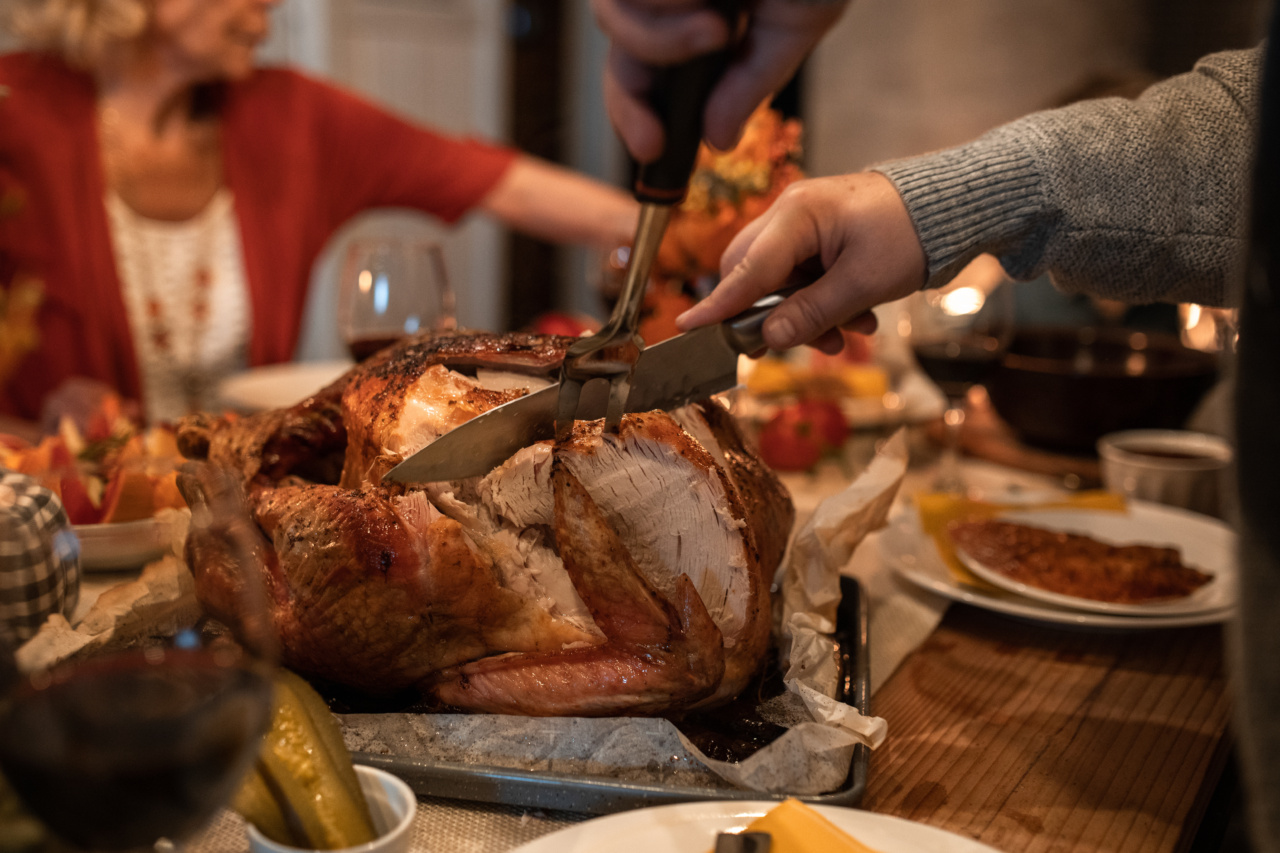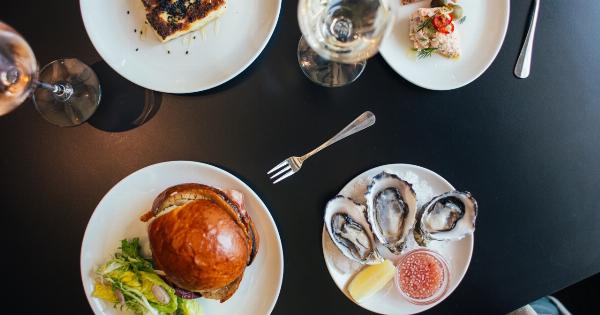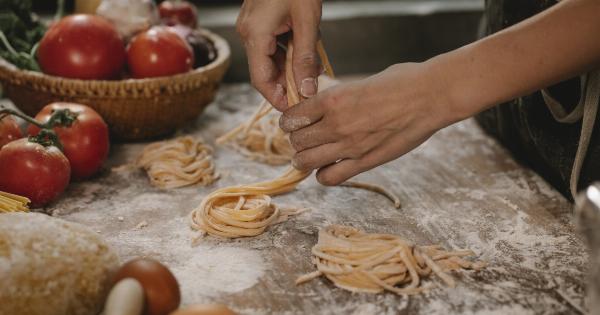Thanksgiving is a time-honored tradition celebrated by many cultures around the world. It is a day where families and friends gather together to express their gratitude for the abundance in their lives.
Central to this celebration is the hearty feast that is enjoyed by all, with the turkey taking center stage. In this article, we will delve into the history of the Thanksgiving turkey and explore its significance in this beloved holiday.
The Origins of Thanksgiving
.Thanksgiving traces its roots back to 1621 when the Pilgrims, a group of English settlers who had recently arrived in Plymouth, Massachusetts, celebrated a successful harvest with a feast.
This feast, known as the “First Thanksgiving,” was a three-day event where the Pilgrims and the Wampanoag Native Americans came together to give thanks for the bountiful crops they had reaped.
The First Thanksgiving feast consisted of an array of meats, including venison, fish, and wildfowl. While wild turkey was most likely present at that feast, historical accounts of the event do not specify whether or not it was actually served.
Nevertheless, this event became the foundation for the Thanksgiving celebrations we know today.
The Rise of the Turkey
.Over time, the turkey became increasingly associated with Thanksgiving. The bird’s large size and ability to feed a crowd made it the ideal choice for a festive feast.
Additionally, wild turkeys were abundant in North America, making them readily available for consumption.
By the early 19th century, the tradition of serving turkey on Thanksgiving had become firmly established.
In 1863, President Abraham Lincoln declared Thanksgiving a national holiday, further solidifying the turkey’s role as the star of the Thanksgiving table.
The Turkey’s Symbolism
.Aside from its practical attributes, the turkey holds symbolic significance in the context of Thanksgiving. For many, the turkey represents abundance, as it is often served alongside a variety of other delicious dishes.
It has become a symbol of prosperity and gratitude for the abundance of food and blessings in our lives.
Furthermore, the act of sharing a turkey feast with loved ones fosters a sense of togetherness and unity, embodying the spirit of Thanksgiving.
The bird’s ability to feed many mirrors the spirit of generosity and hospitality that is often associated with this holiday.
Culinary Traditions and Preparation
.Preparing a Thanksgiving turkey has evolved over the years, with various culinary traditions and techniques emerging. One popular method is roasting the turkey in the oven, resulting in a crispy golden skin and tender, juicy meat.
Brining the turkey has also gained popularity in recent years. This involves soaking the bird in a solution of salt and water, which helps to enhance the flavor and retain moisture during the cooking process.
Many home chefs also experiment with different seasonings, rubs, or injections to add their own unique twist to the turkey.
Deep-frying turkeys has also become a beloved tradition for some. This method produces a turkey with a crispy skin and succulent meat, but it requires caution and careful handling due to the hot oil involved.
Accompaniments to the Turkey
.No Thanksgiving feast would be complete without a plethora of delicious side dishes that complement the turkey. These accompaniments vary depending on cultural traditions and personal preferences.
Mashed potatoes, gravy, and cranberry sauce are staples in many American households. The creamy, buttery texture of mashed potatoes pairs perfectly with the tender turkey, while the tangy cranberry sauce adds a burst of flavor to each bite.
Other popular side dishes include sweet potatoes, green bean casserole, stuffing, and cornbread. These dishes bring a delightful mix of flavors, textures, and colors to the Thanksgiving table, creating a harmonious balance with the turkey.
A Modern Twist
.As culinary trends continue to evolve, some people have chosen to put their own spin on the traditional Thanksgiving feast.
Vegetarian and vegan alternatives have gained popularity, offering plant-based options that can mimic the taste and texture of turkey.
Tofurkey, a tofu-based roast, is a popular choice for those seeking a meatless Thanksgiving entrée. It provides a protein-packed alternative that can be seasoned and prepared much like a traditional turkey.
Additionally, roasted vegetables, such as butternut squash or stuffed bell peppers, offer flavorsome options for a vegetarian-centric feast.
The Leftover Delight
.One of the joys of Thanksgiving is the abundance of leftovers that continue to delight our palates even after the holiday has passed.
The turkey, being the star of the feast, often leaves behind a surplus of meat that can be repurposed into mouth-watering dishes.
Leftover turkey sandwiches are a classic post-Thanksgiving treat. This simple creation layers slices of turkey, stuffing, cranberry sauce, and any other desired accompaniments between two slices of bread.
The combination of flavors and textures is a delightful reminder of the indulgences of the holiday feast.
Another favorite leftover option is turkey soup. The bones and scraps from the turkey can be used to create a rich, flavorful broth, which serves as the base for a comforting bowl of soup.
Adding vegetables and seasonings to the broth brings a warmth and nourishment to those seeking a lighter meal in the days following Thanksgiving.
The Thanksgiving Turkey Lives On
.Throughout the years, the Thanksgiving turkey has remained an iconic symbol of the holiday feast. Whether roasted, fried, or prepared in innovative ways, the turkey continues to bring families and friends together to celebrate gratitude and abundance.
As we gather around the table, the aroma of the golden bird fills the air, evoking a sense of nostalgia and warmth. The turkey embodies the essence of Thanksgiving, reminding us to pause, reflect, and appreciate the blessings in our lives.





























